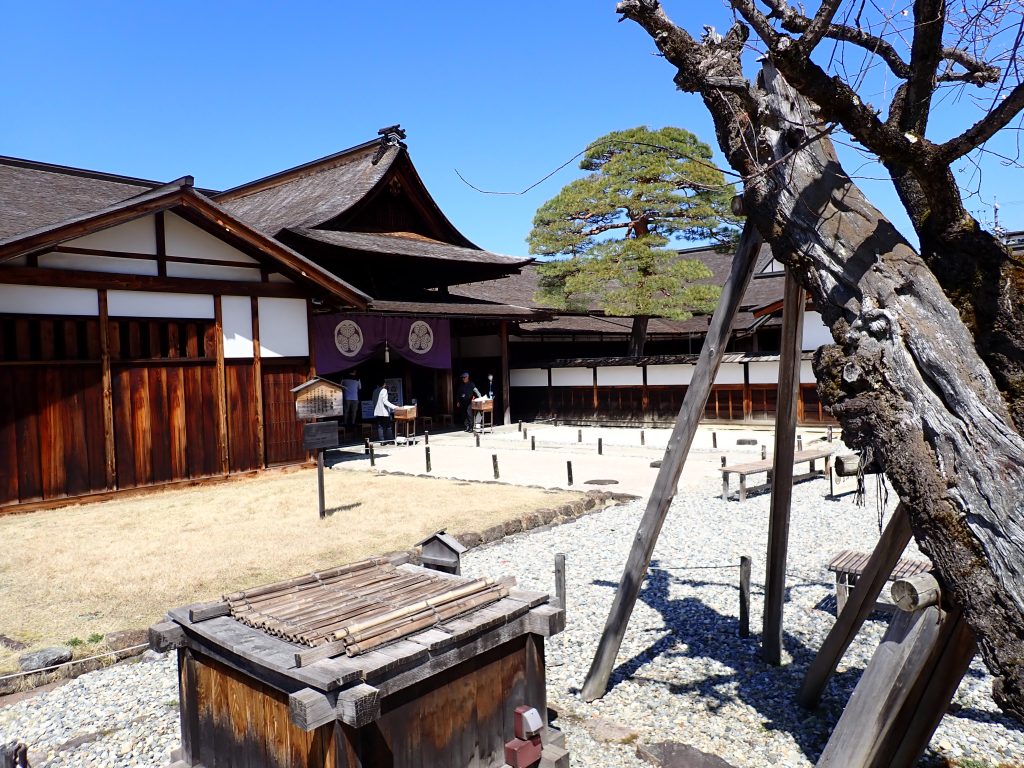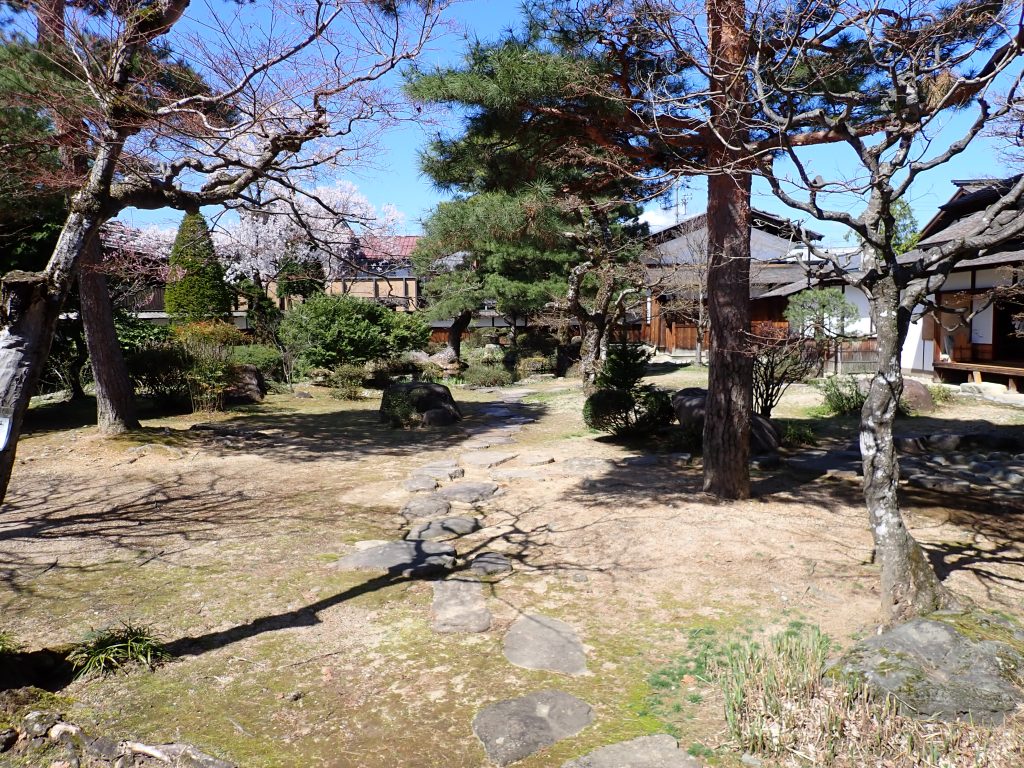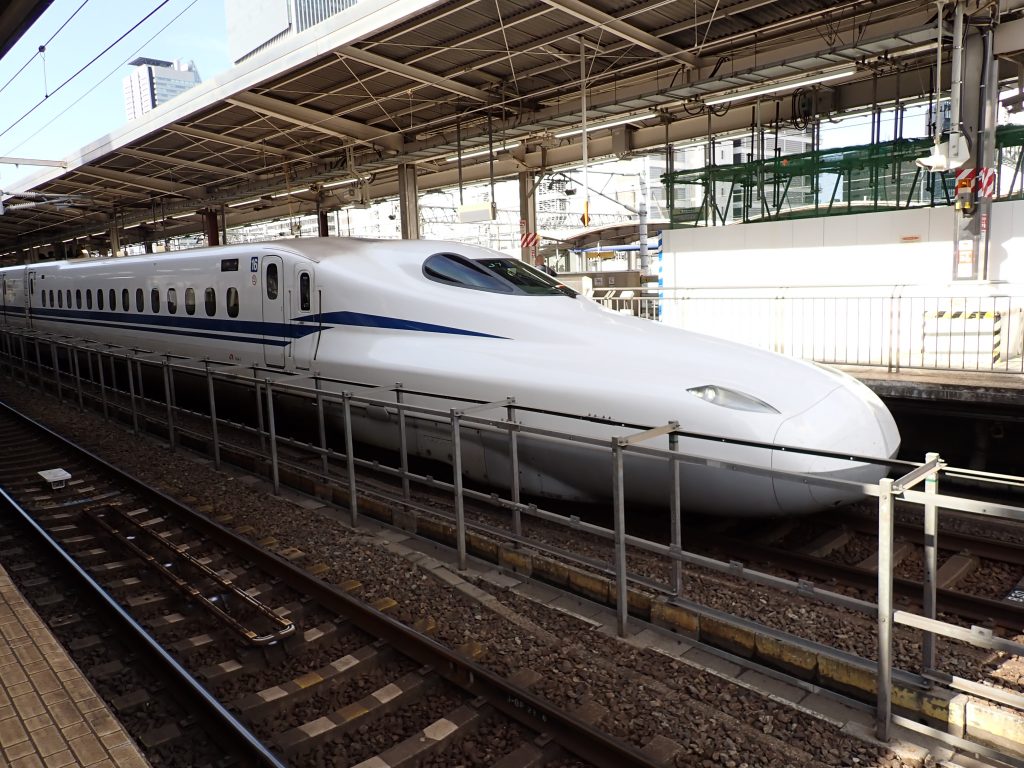Takayama is an oddity within Japan. The city takes up a larger area than Tokyo – a total of over 2,000 square kilometres and yet it only has a population of just over 88,000 compared to 14 million people in Tokyo. This gives it the lowest population density of any city in Japan. This quirk perhaps stems from the fact that Takayama is quite high in the Japanese Alps and quite tricky to get to, giving it the opportunity to develop to an extent in isolation – culturally as well as economically. It also gives the city a nice open feel. It is sometimes referred to as Hida-Takayama to differentiate it from other places called Takayama as it is in the Hida province. Takayama means tall mountain and there were plenty of those around it!

The first stop in Takayama was Takayama Jin’ya – a provincial government building where much of the administration for the area was done. The governor was despatched to Hida to rule over it by the Shogunate and so all trade, policing and judicial activities were carried out from this building. It was originally built in the Edo period around 1692, but has been adapted an rebuilt throughout. It is now as it was in 1816 and has undergone various restorations – the main one at a cost of around 2 billion yen. It was actually used as a government building right through to 1969 and was opened to the public shortly after that. As you walk around you can see the various areas where the officials worked – tax collecting, form-filling and generally being bureaucrats – a tradition that seems to be healthily continued throughout Japan! It was a great insight into the ways in which the Shogunate controlled the provinces up until the Meiji Restoration.

After looking around Takayama Jin’ya we were given ‘shopping time’ at Miyagawa open air market and Kami Sannomachi Street which we embraced unenthusiastically ……
After buying some lunch we headed to the station and took a local train to Nagoya. From there we changed platforms for the Shinkansen train – better known as the bullet train. We lined up carefully in queues on the platform – the location for each door on each carriage is marked emphatically on the platform and, just in case we hadn’t noticed those, this was reinforced with a lot of arm waving and exhortations by our guide and station staff. The main reason for this is that the bullet trains only stop for three minutes and this is gospel. If you aren’t aboard in that time, the train is not going to wait. So we paid attention and ….. the whole group made it aboard.

The trains apparently reach a top speed of 320 km per hour which is 199 mph, but in tests have travelled considerably faster. Even at their top speed, they are very smooth and we discovered that it is very easy to doze off to the sight of the scenery flashing past …..
